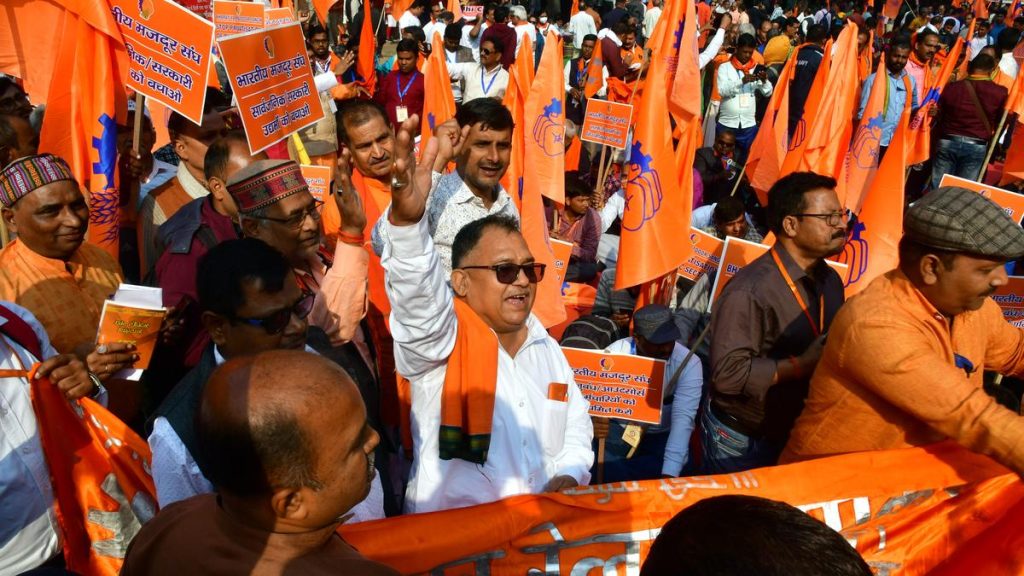Now Reading: Rise in HIV Among Over-50s, But Awareness Drives Focus on Youth
-
01
Rise in HIV Among Over-50s, But Awareness Drives Focus on Youth
Rise in HIV Among Over-50s, But Awareness Drives Focus on Youth

Quick Summary
- Between 2000 and 2016, the number of adults aged 50+ living with HIV in sub-Saharan Africa doubled, with their prevalence now exceeding that of younger adults.
- By 2040,one-quarter of people living with HIV in Africa will be aged 50+,emphasizing the need for tailored campaigns targeting this group.
- Dr. Luicer Olubayo highlighted misconceptions about older adults’ risk of acquiring HIV, stating intervention campaigns primarily target youth.
- Older populations face stigma, low testing uptake, delayed diagnosis, and barriers to treatment access.
- Research led by Associate Professor F. Xavier Gómez-Olivé underlines gaps in understanding HIV outcomes among older individuals as surveys predominantly focus on younger populations.
- Widowed women had the highest recorded rates (30.8%) due to factors like stigma and limited power to negotiate safer sex practices; a lack of formal education correlates with higher infection rates.
- Non-communicable diseases like hypertension and diabetes are increasingly prevalent among older adults in sub-Saharan Africa; integrating long-term management strategies for chronic illnesses coudl enhance HIV care outcomes.
- The study relied on longitudinal data collected from research centers across South Africa, Kenya, burkina Faso, and Ghana under the AWI-Gen initiative.
Indian Opinion Analysis
The study highlights an evolving challenge: ensuring public health systems adapt their response strategies as demographics shift within affected groups. While much emphasis has historically been placed on preventing HIV among youth through awareness campaigns aimed at schools or clinics targeting young populations, there appears to be a systemic gap when it comes to addressing older individuals-a growing demographic at heightened risk.
For India-home to its own aging population-it may serve as a reminder that longstanding health issues like HIV require multigenerational approaches within policy frameworks.The study also underscores how interconnected socioeconomic factors-gender inequality or lack of education-can escalate risks for specific groups such as widowed women or rural residents.
Broadening tracking mechanisms beyond younger cohorts via sustained longitudinal studies will likely prove critical for other regions tackling similar trends. India’s healthcare system could benefit by watching advancements here closely while preparing targeted solutions geared toward ageing segments affected by chronic conditions like diabetes alongside communicable disease treatment programs.























